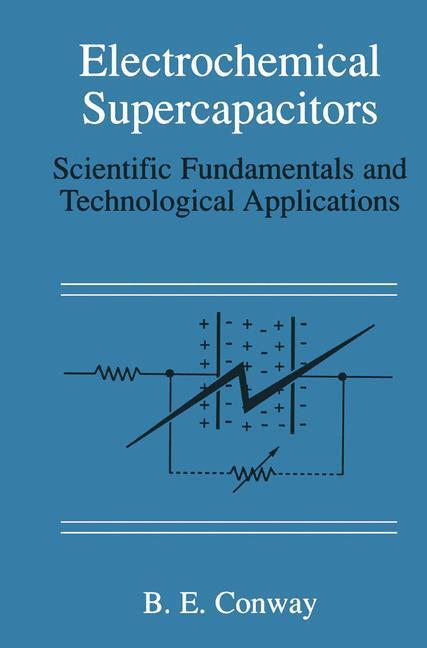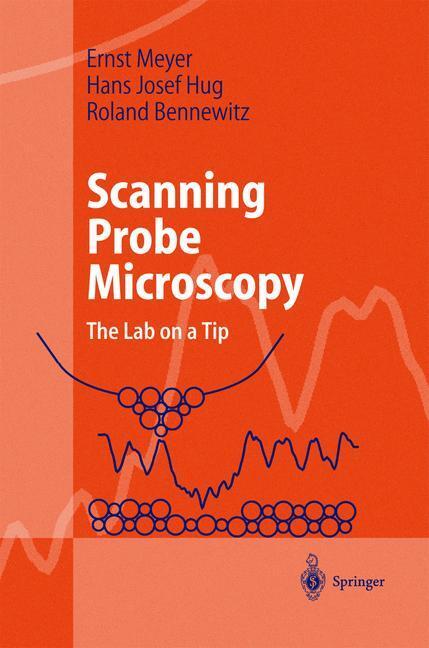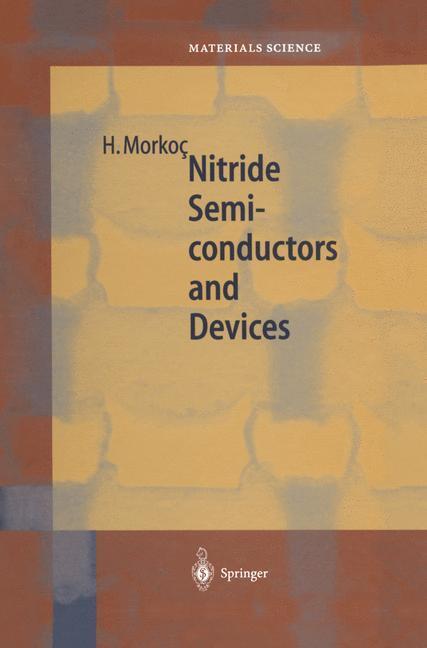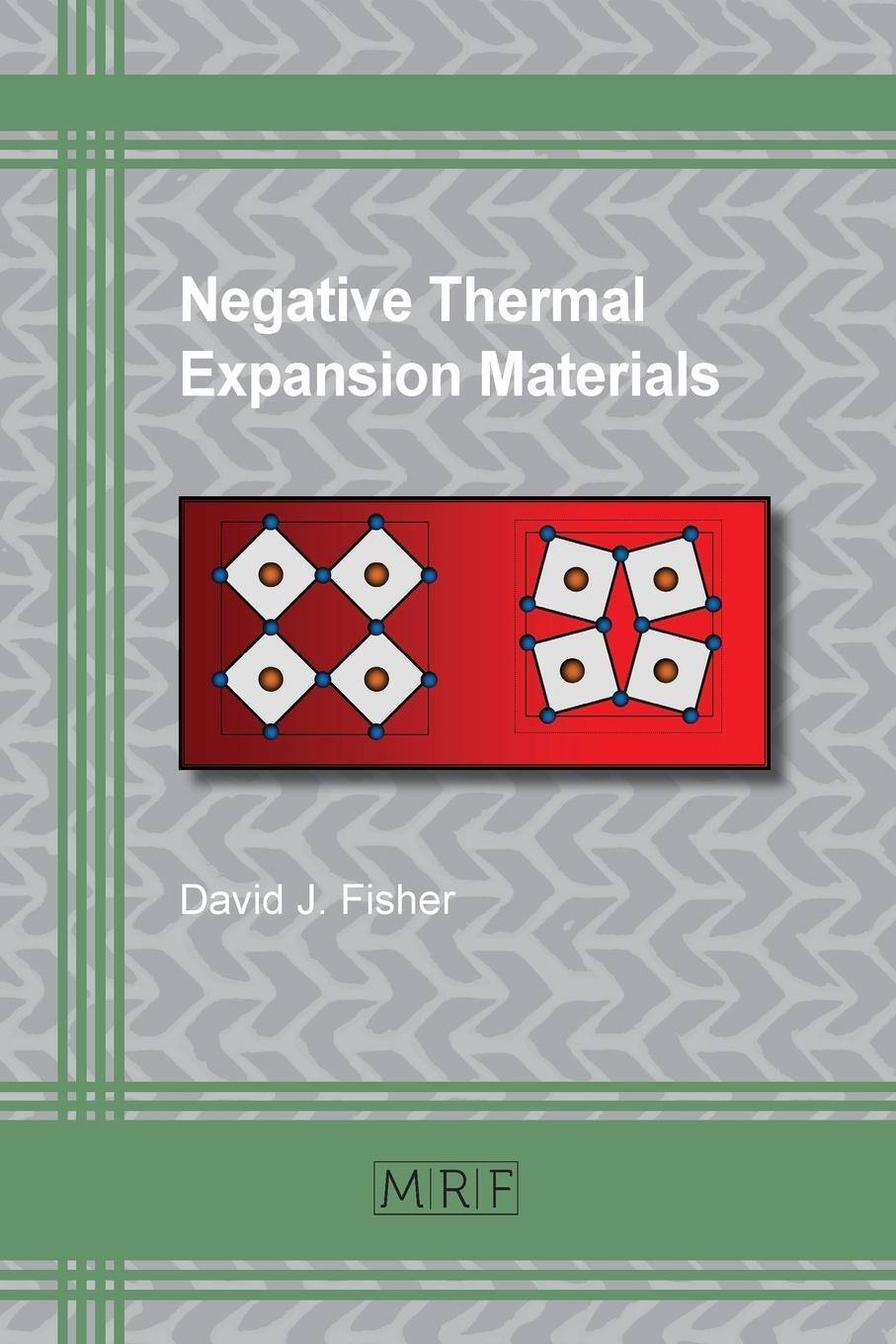Dekorationsartikel gehören nicht zum Leistungsumfang.
Sprache:
Englisch
427,99 €*
Versandkostenfrei per Post / DHL
Aktuell nicht verfügbar
Kategorien:
Beschreibung
The first model for the distribution of ions near the surface of a metal electrode was devised by Helmholtz in 1874. He envisaged two parallel sheets of charges of opposite sign located one on the metal surface and the other on the solution side, a few nanometers away, exactly as in the case of a parallel plate capacitor. The rigidity of such a model was allowed for by Gouy and Chapman inde pendently, by considering that ions in solution are subject to thermal motion so that their distribution from the metal surface turns out diffuse. Stern recognized that ions in solution do not behave as point charges as in the Gouy-Chapman treatment, and let the center of the ion charges reside at some distance from the metal surface while the distribution was still governed by the Gouy-Chapman view. Finally, in 1947, D. C. Grahame transferred the knowledge of the struc ture of electrolyte solutions into the model of a metal/solution interface, by en visaging different planes of closest approach to the electrode surface depending on whether an ion is solvated or interacts directly with the solid wall. Thus, the Gouy-Chapman-Stern-Grahame model of the so-called electrical double layer was born, a model that is still qualitatively accepted, although theoreti cians have introduced a number of new parameters of which people were not aware 50 years ago.
The first model for the distribution of ions near the surface of a metal electrode was devised by Helmholtz in 1874. He envisaged two parallel sheets of charges of opposite sign located one on the metal surface and the other on the solution side, a few nanometers away, exactly as in the case of a parallel plate capacitor. The rigidity of such a model was allowed for by Gouy and Chapman inde pendently, by considering that ions in solution are subject to thermal motion so that their distribution from the metal surface turns out diffuse. Stern recognized that ions in solution do not behave as point charges as in the Gouy-Chapman treatment, and let the center of the ion charges reside at some distance from the metal surface while the distribution was still governed by the Gouy-Chapman view. Finally, in 1947, D. C. Grahame transferred the knowledge of the struc ture of electrolyte solutions into the model of a metal/solution interface, by en visaging different planes of closest approach to the electrode surface depending on whether an ion is solvated or interacts directly with the solid wall. Thus, the Gouy-Chapman-Stern-Grahame model of the so-called electrical double layer was born, a model that is still qualitatively accepted, although theoreti cians have introduced a number of new parameters of which people were not aware 50 years ago.
Inhaltsverzeichnis
1 Introduction and Historical Perspective.- 2 Similarities and Differences between Supercapacitors and Batteries for Storing Electrical Energy.- 3 Energetics and Elements of the Kinetics of Electrode Processes.- 4 Elements of Electrostatics Involved in Treatment of Double Layers and Ions at Capacitor Electrode Interphases.- 5 Behavior of Dielectrics in Capacitors and Theories of Dielectric Polarization.- 6 The Double Layer at Capacitor Electrode Interfaces: Its Structure and Capacitance.- 7 Theoretical Treatment and Modeling of the Double Layer at Electrode Interfaces.- 8 Behavior of the Double Layer in Nonaqueous Electrolytes and Nonaqueous Electrolyte Capacitors.- 9 The Double Layer and Surface Functionalities at Carbon.- 10 Electrochemical Capacitors Based on Pseudocapacitance.- 11 The Electrochemical Behavior of Ruthenium Oxide (RuO2) as a Material for Electrochemical Capacitors.- 12 Capacitance Behavior of Films of Conducting, Electrochemically Reactive Polymers.- 13 The Electrolyte Factor in Supercapacitor Design and Performance: Conductivity, Ion Pairing and Solvation.- 14 Electrochemical Behavior at Porous Electrodes; Applications to Capacitors.- 15 Energy Density and Power Density of Electrical Energy Storage Devices.- 16 AC Impedance Behavior of Electrochemical Capacitors and Other Electrochemical Systems.- 17 Treatments of Impedance Behavior of Various Circuits and Modeling of Double-Layer Capacitor Frequency Response.- 18 Self-Discharge of Electrochemical Capacitors in Relation to that at Batteries.- 19 Practical Aspects of Preparation and Evaluation of Electrochemical Capacitors.- 20 Technology Development.- 21 Patent Survey.
Details
| Erscheinungsjahr: | 2013 |
|---|---|
| Fachbereich: | Physikalische Chemie |
| Genre: | Chemie |
| Rubrik: | Naturwissenschaften & Technik |
| Medium: | Taschenbuch |
| Seiten: | 732 |
| Inhalt: |
xxx
698 S. |
| ISBN-13: | 9781475730609 |
| ISBN-10: | 1475730608 |
| Sprache: | Englisch |
| Ausstattung / Beilage: | Paperback |
| Einband: | Kartoniert / Broschiert |
| Autor: | Conway, B. E. |
| Auflage: | Softcover reprint of the original 1st ed. 1999 |
| Hersteller: | Springer US |
| Maße: | 235 x 155 x 40 mm |
| Von/Mit: | B. E. Conway |
| Erscheinungsdatum: | 06.02.2013 |
| Gewicht: | 1,089 kg |
Inhaltsverzeichnis
1 Introduction and Historical Perspective.- 2 Similarities and Differences between Supercapacitors and Batteries for Storing Electrical Energy.- 3 Energetics and Elements of the Kinetics of Electrode Processes.- 4 Elements of Electrostatics Involved in Treatment of Double Layers and Ions at Capacitor Electrode Interphases.- 5 Behavior of Dielectrics in Capacitors and Theories of Dielectric Polarization.- 6 The Double Layer at Capacitor Electrode Interfaces: Its Structure and Capacitance.- 7 Theoretical Treatment and Modeling of the Double Layer at Electrode Interfaces.- 8 Behavior of the Double Layer in Nonaqueous Electrolytes and Nonaqueous Electrolyte Capacitors.- 9 The Double Layer and Surface Functionalities at Carbon.- 10 Electrochemical Capacitors Based on Pseudocapacitance.- 11 The Electrochemical Behavior of Ruthenium Oxide (RuO2) as a Material for Electrochemical Capacitors.- 12 Capacitance Behavior of Films of Conducting, Electrochemically Reactive Polymers.- 13 The Electrolyte Factor in Supercapacitor Design and Performance: Conductivity, Ion Pairing and Solvation.- 14 Electrochemical Behavior at Porous Electrodes; Applications to Capacitors.- 15 Energy Density and Power Density of Electrical Energy Storage Devices.- 16 AC Impedance Behavior of Electrochemical Capacitors and Other Electrochemical Systems.- 17 Treatments of Impedance Behavior of Various Circuits and Modeling of Double-Layer Capacitor Frequency Response.- 18 Self-Discharge of Electrochemical Capacitors in Relation to that at Batteries.- 19 Practical Aspects of Preparation and Evaluation of Electrochemical Capacitors.- 20 Technology Development.- 21 Patent Survey.
Details
| Erscheinungsjahr: | 2013 |
|---|---|
| Fachbereich: | Physikalische Chemie |
| Genre: | Chemie |
| Rubrik: | Naturwissenschaften & Technik |
| Medium: | Taschenbuch |
| Seiten: | 732 |
| Inhalt: |
xxx
698 S. |
| ISBN-13: | 9781475730609 |
| ISBN-10: | 1475730608 |
| Sprache: | Englisch |
| Ausstattung / Beilage: | Paperback |
| Einband: | Kartoniert / Broschiert |
| Autor: | Conway, B. E. |
| Auflage: | Softcover reprint of the original 1st ed. 1999 |
| Hersteller: | Springer US |
| Maße: | 235 x 155 x 40 mm |
| Von/Mit: | B. E. Conway |
| Erscheinungsdatum: | 06.02.2013 |
| Gewicht: | 1,089 kg |
Warnhinweis











